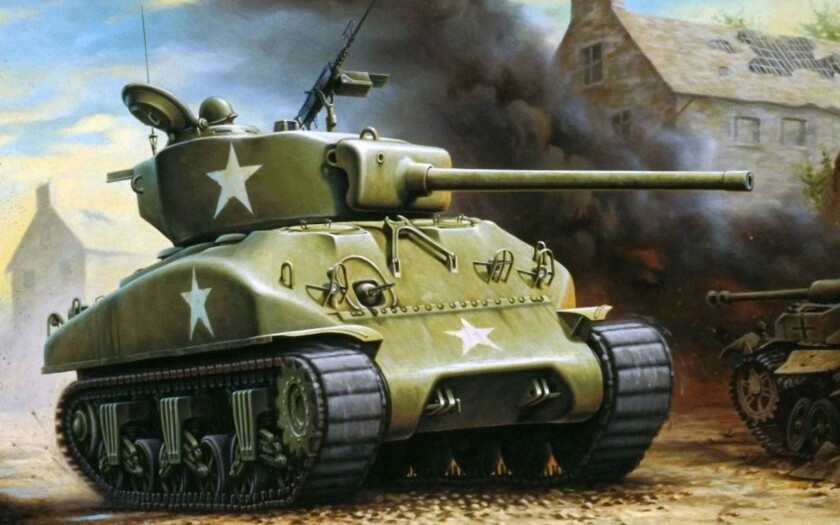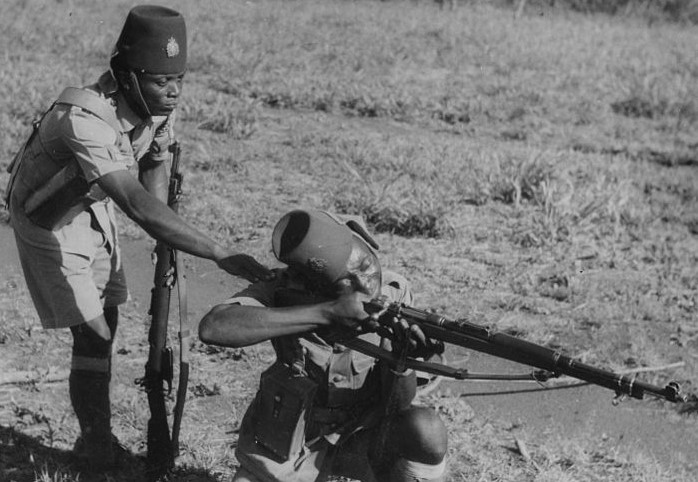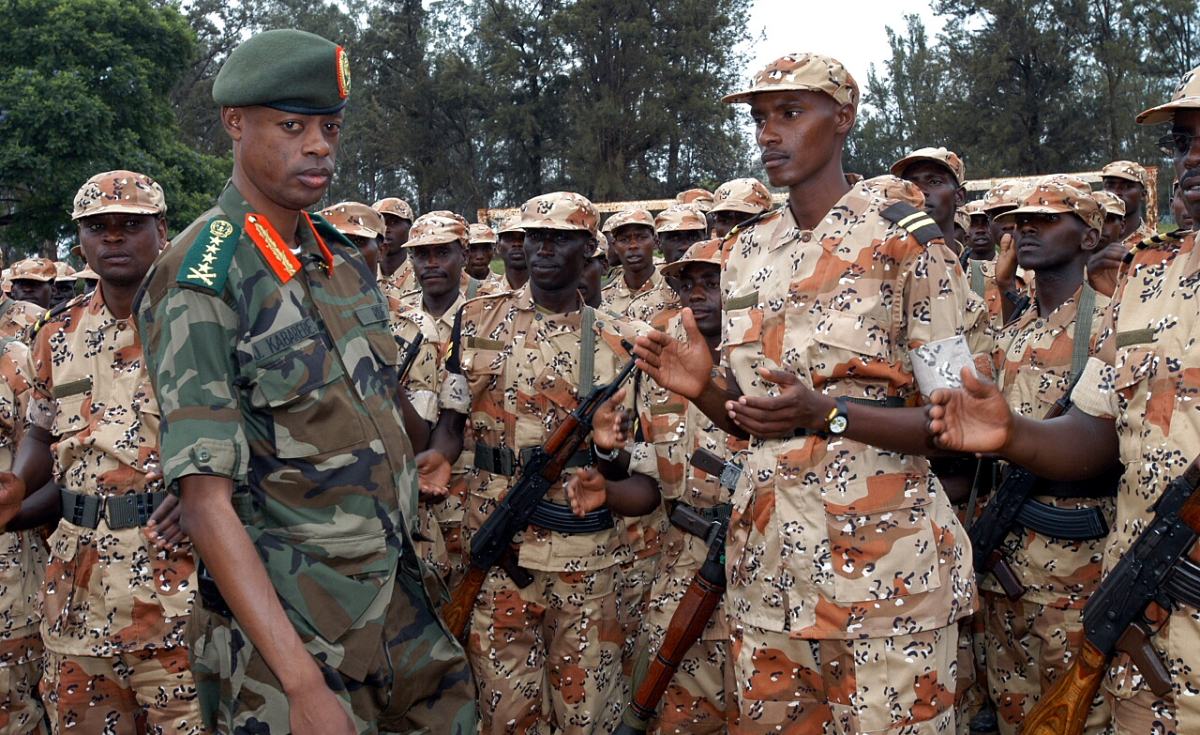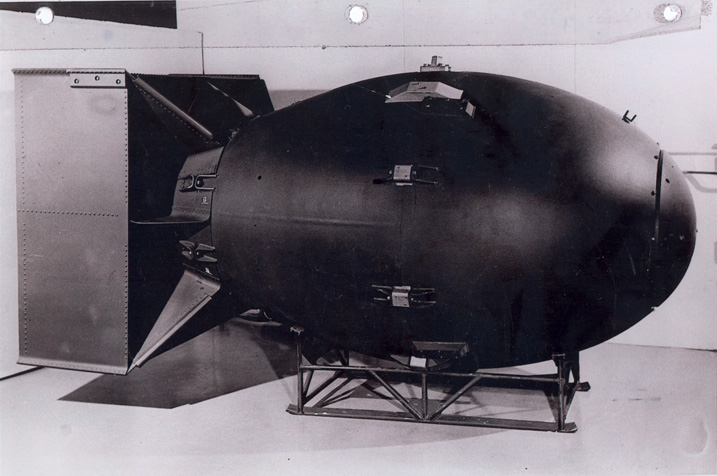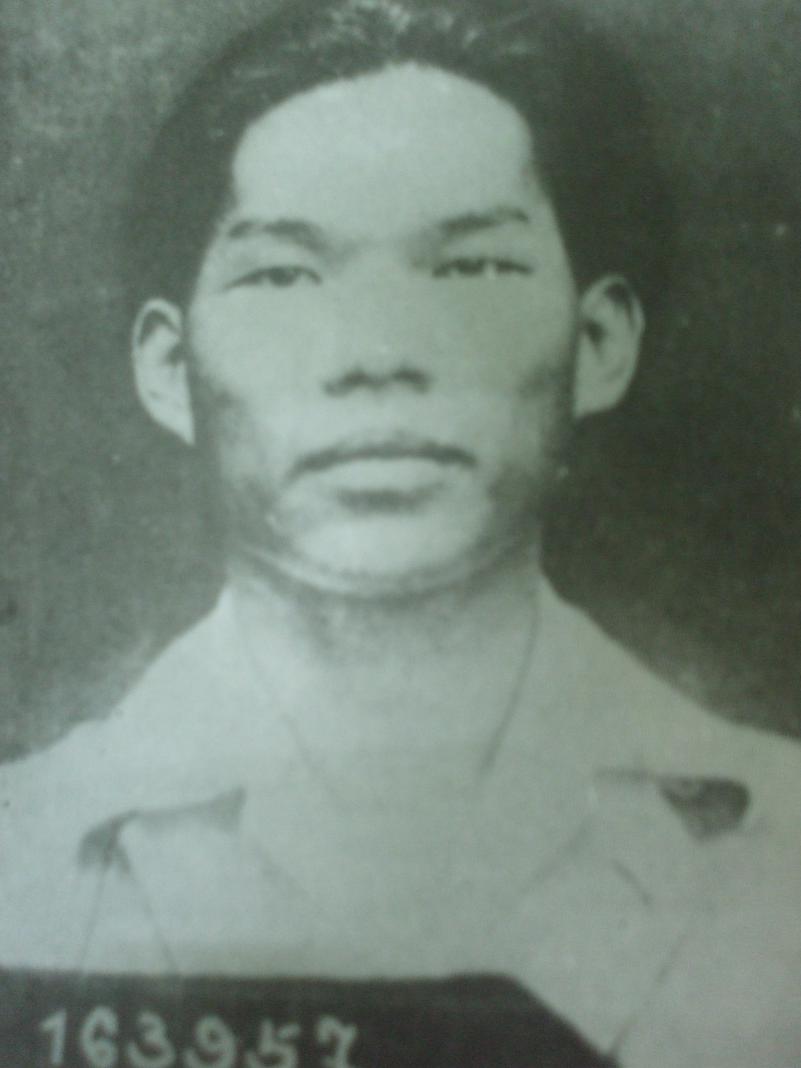
Propaganda of the Italian Republic leading up to the Second Risorgimento. Despite the defeat of the Associazione Nazionalista Italiana and continuation of the Liberal Democratic government in the 1936 general election, the government of the Milan-based Republic employed ANI tactics of invoking heritage moments in Italian history, particularly the Roman Empire, in order to drum up popular support and enrollment in the military. Mass mobilisation of the population alongside resources are often attributed to the ways that the Republic was, despite its limited resources and territory, as successful as it ultimately was when the military phase of the Second Risorgimento commenced in earnest.
